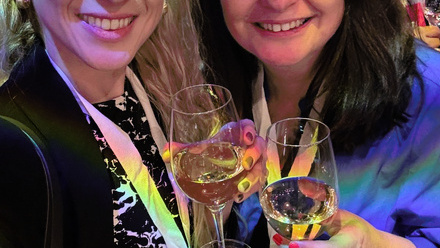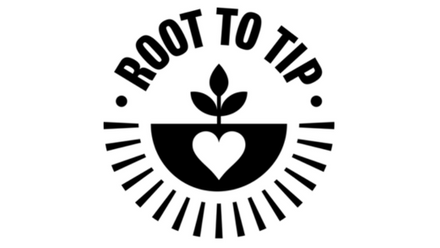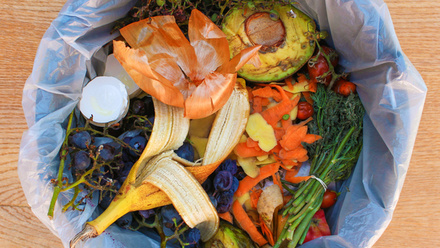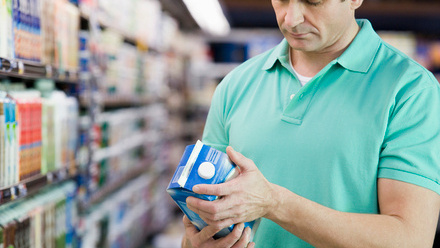The BDA’s toolkit on environmentally sustainable diets (published in November 20181) included significant coverage on waste from food and drink. We found that household waste accounts for around 70% of all food and drink waste2, but the scope of the reference guide was not able to include specific coverage on plastic packaging.
To complete the picture, we asked charity and leading authority on recycling, RECOUP, to help us understand more about the plastics recycling value chain from the home, while the BDA is investigating what is happening in healthcare settings. Part one of the series talks about household settings - which materials are recyclable (or not), what happens to plastics when they are recycled, and what dietitians can do as individual consumers and healthcare professionals.
The current picture
Recycling is a critical part of achieving a circular economy, helping to ensure that resources are valued and not wasted or end up in our natural environment. It is essential that we all contribute to increasing recycling rates and this requires efforts from the whole supply chain, including by producers, collectors, sorters, re-processors and of course consumers and households whose actions play a vital role in improving recycling in the UK.
It was reported that, in 2018, 548,663 tonnes of plastic packaging were collected from households in the UK3 and this is increasing year-on-year, but more still needs to be done. 38 million plastic bottles are used by households in the UK every day and include everything from washing up bottles, cleaning products, bathroom products such as shampoos, shower gels and liquid soap bottles as well as drink bottles. Of these bottles, each day, 16 million of them are not being recycled.
By recycling your packaging, we are:
- Saving carbon (one tonne of plastics recycled = one tonne of carbon saving)
- Reducing energy (it takes 75% less energy to recycle plastic than to use virgin material)
- Helping to keep plastics out of the natural environment
Which materials are recyclable?
Household recycling varies across the UK with each Local Authority having their own specifications of what they collect in their dry mixed recyclable bin or bags. We can check with each Local Authority by visiting their website, as each recycling facility may accept different types of plastics. However, as of 2020, all Local Authorities collect plastic drinks bottles and over 80% collect plastic pots, tubs and trays.
Bathroom products such as shampoo bottles, cosmetics pots and household cleaning products can also be recycled but it is advised that consumers check with their Local Council for a full list of items they can recycle at the kerbside.
In terms of the food and drink we eat at home or ‘on the go’, plastic is a valuable resource that has many positive attributes: it protects food from damage, hygienically protects and preserves, and is lightweight, reducing transportation cost and food waste. Plastics can be reborn into a variety of products such as clothing, toys, furniture, building materials and, of course, more plastic packaging.
Figure 1: Plastic polymers most commonly found in and around the home
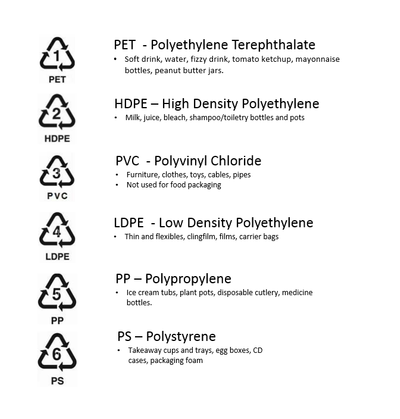
Which Materials are not recyclable?
All plastics can technically be recycled, but some Local Authorities are limited in what they collect for recycling.
For those items that are recycled, the aim is for them to be turned into something else, creating a circular route for that item.
Awareness of value and versatility of used plastics packaging needs to be developed further. Whether it be post-consumer or post-industrial the opportunity to recycle this valuable resource into new products and applications is expanding and should be recognised.
The main items that are currently not widely recognised for household recycling include black plastics, such as meat and ready meal trays. Black plastic often contains a high level of recycled content already, since any recycled coloured plastic can only be turned black. However, the machinery used in the sorting stage of the recycling process struggles to detect black plastics. This is due to the high quantity of carbon black used to colour the material and this pigment absorbs the infra-red lights which is used to detect the polymer type. This can result in the plastic being picked as waste and advances have been made this year.
Research into black plastic is ongoing with many retailers moving away from it and the waste management industry are looking to trial an alternative method of recognising carbon black plastics within sorting facilities.
Films and carrier bags are another plastic that is not yet currently widely accepted in kerbside (household) recycling and percentages of UK Local Authorities who collect it has gone down year-on-year since 2017. This material includes items such as clingfilm, bread bags, sandwich bags, films on top of meat trays, film used for fruit and vegetables and any type of single-use plastic carrier bag. The main issues with films are the size and volumes, high levels of contamination and the material not always detected correctly at the sorting facility.
Some yoghurt pots and margarine tubs which are made of PS (polystyrene) are not widely accepted in kerbside collections either.
Several Local Authorities will take black plastic, films and PS pots, tubs and trays in their kerbside collection, so it is always advised that consumers check locally.
Good or bad packaging types?
All packaging should be designed to protect the product, help eliminate waste, minimises environmental impact and uses the minimum amount of resources possible. Of course, it should also be recyclable!
What happens to materials once they are put in recycling bins?
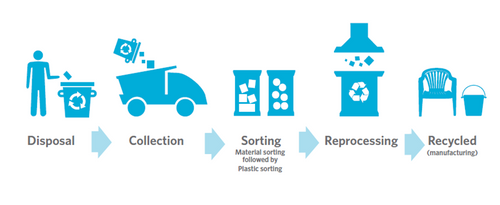
In dry mixed recycling schemes, once the kerbside dry recyclable material is collected, it will be sent to a Materials Recovery Facility (MRF). Here, they will separate the material into individual streams (e.g. plastics, metals, glass, paper and cardboard). These materials are usually then baled for transport and sent for re-processing.
Plastics are sorted into polymer types then by colour. Further sorting of plastics may then be carried out a Plastics Recovery Facility (PRF) before being washed and shredded and reformed into pellets ready to be transformed into a new product.
How to take action
- As a consumer, check with your local council and make sure you are sorting efficiently to maximise what can be recycled from your own household waste.
- Follow RECOUP’s 3 simple rules and join them on Twitter @Pledge2Recycle

- As an employee, find the recycling bins where you work and try to use them to sort any waste from food and drink. Encourage colleagues to get involved too.
- As a healthcare professional, consider adding messaging about waste and recycling from everyday food and drinks into the information you give to clients. More information can be found at www.pledge2recycle.co.uk. On the website there is practical information with case studies, more on the recycling journey and how to recycle.
References
- BDA One Blue Dot Toolkit
- WRAP Estimates of food surplus and waste arising in the UK [2017]
- RECOUP UK Households Plastic Collection Survey 2019


